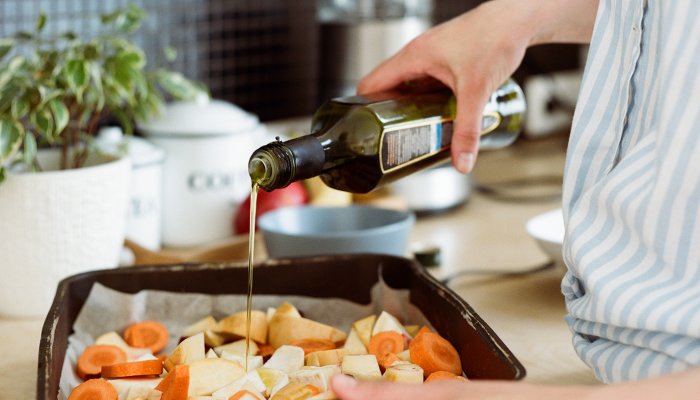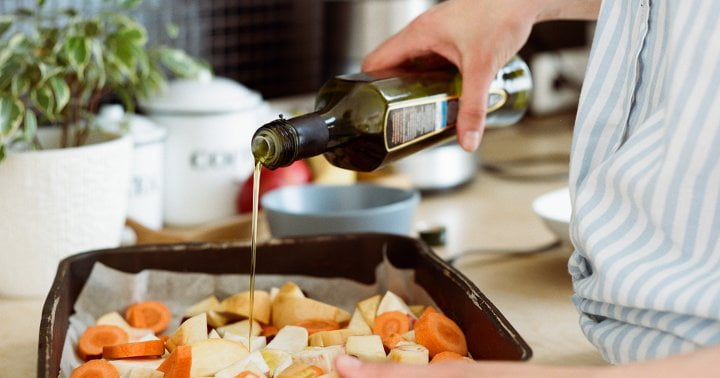Decoding Non-Toxic Cookware: What To Look For + 7 Of The Best Brands

However, we do know that non-stick cookware made with PFOA can leach these potentially harmful chemicals into our kitchens and onto our plates. When heated at high temperatures, the coatings can begin to disintegrate and send particles into the air, and when scratched and agitated, parts of them may chip off into food.
It’s best to play it safe and avoid the chemical altogether—if not for your own health, for the health of the planet. Since they’re created to resist water, oil, and grease, PFAS are super persistent and they continue to accumulate quickly in our environment after being scrubbed clean and washed down the drain.
The good news is, PFOA has been largely phased out of American cookware manufacturing. As of 2015, eight major chemical manufacturers have agreed to cut ties with it through an agreement with the EPA.
However, the forever chemical still may be present in older cookware and cookware made overseas (as well as in textiles, packaging materials, makeup, and tap water.) As such, building biologist and environmental consultant Ryan Blaser of Test My Home recommends getting rid of any older pans that may contain PFOA—especially if they’re chipped.
“We want to get rid of those and replace them” with a non-toxic option, he suggests.
This article was originally published by mindbodygreen.com. Read the original article here.




